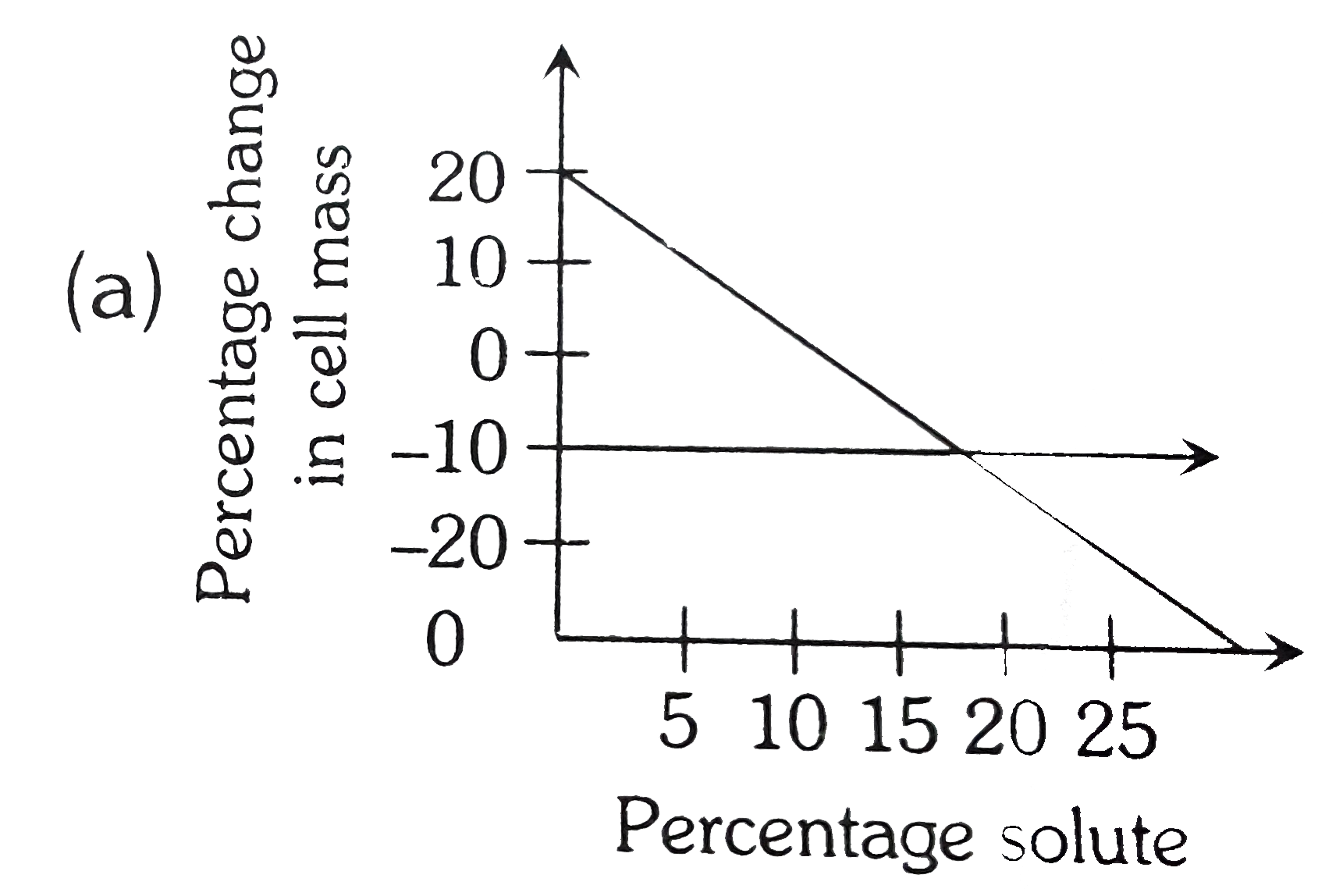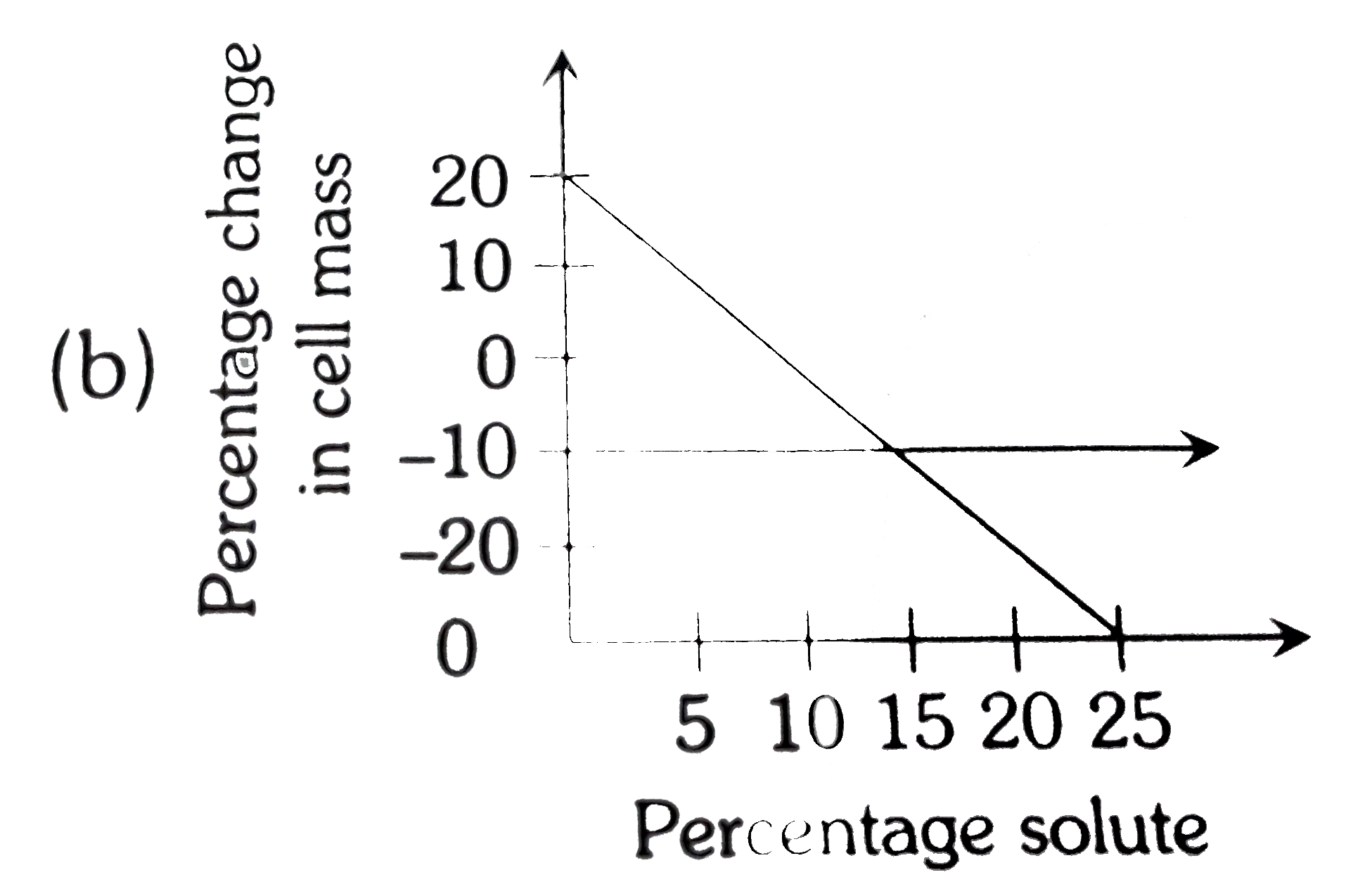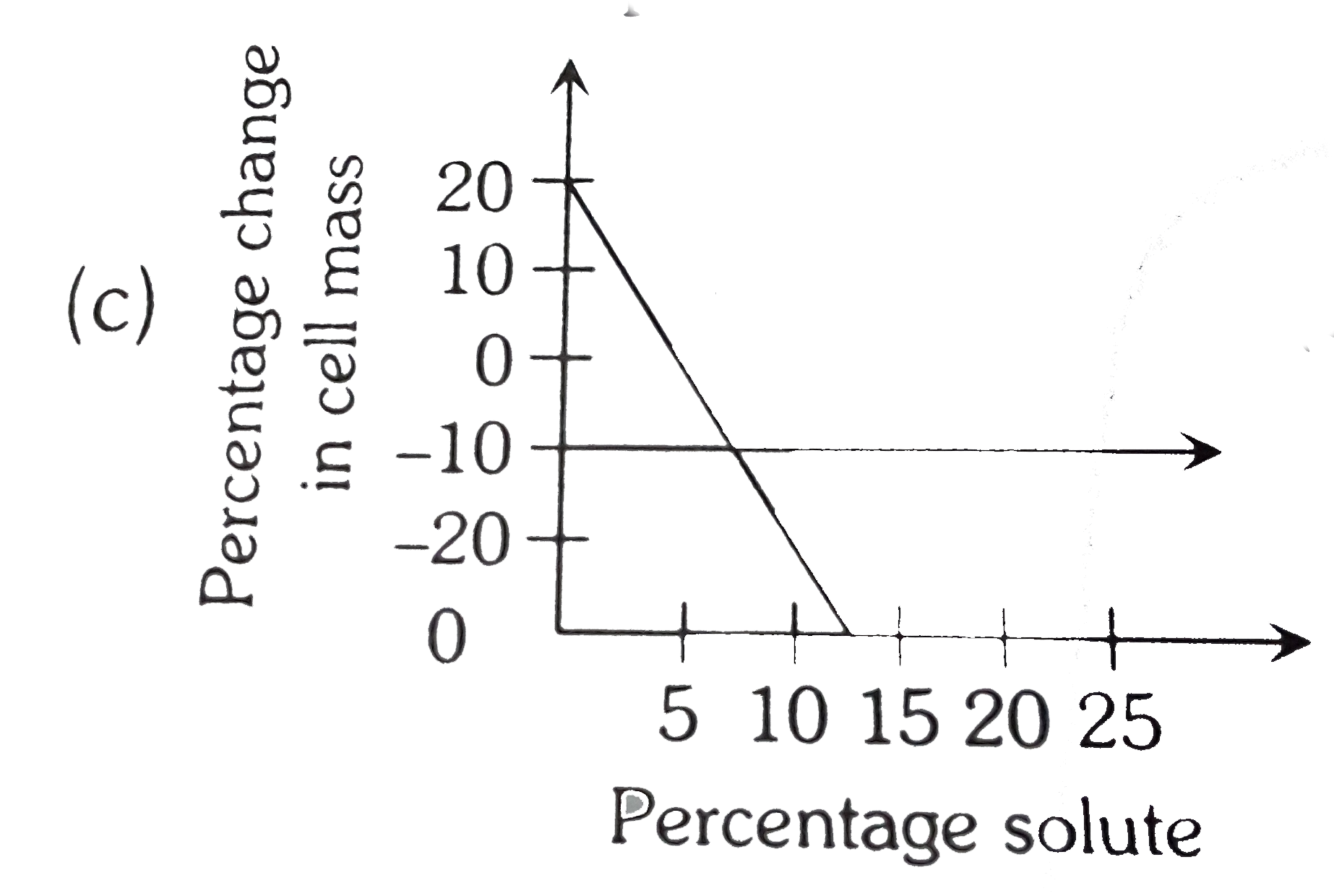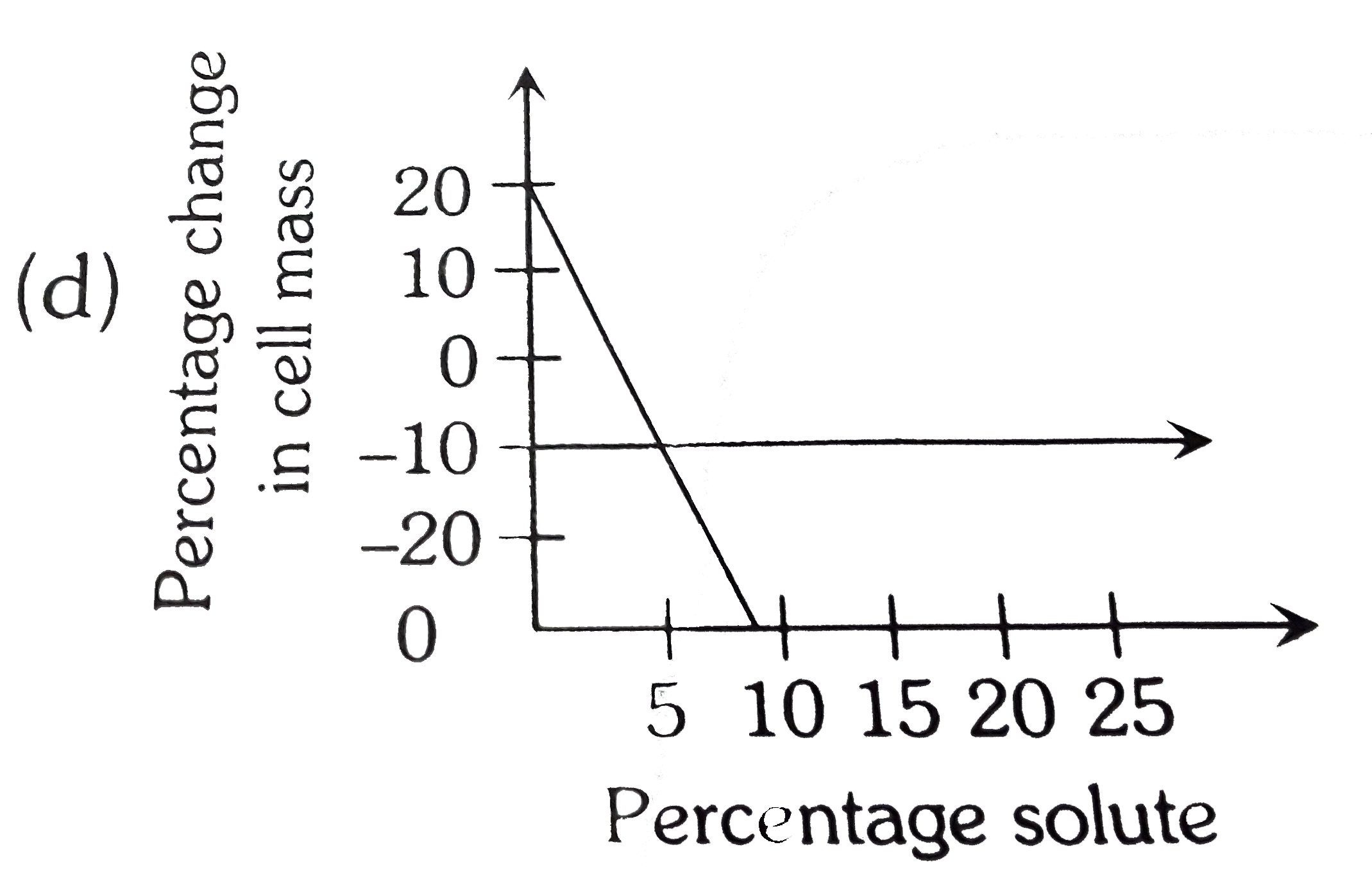Which of the following triads represents isotones?
126C,136C,146C
4018Ar,4220Ca,4321Se
4018Ar,4020Ca,4121Sc
147N,168O,189F
The correct Answer is:B
To determine which of the given triads represents isotones, we need to understand the concept of isotones. Isotones are nuclei that have the same number of neutrons (N) but different numbers of protons (Z) and mass numbers (A).
1. Understand the Definitions:
- Mass Number (A): Total number of protons and neutrons in the nucleus.
- Atomic Number (Z): Number of protons in the nucleus.
- Number of Neutrons (N): Can be calculated using the formula:
N=A−Z
2. Calculate Neutrons for Each Triad:
- For each option, calculate the number of neutrons using the formula N=A−Z.
3. Evaluate Each Option:
- Option 1:
- 126C: N=12−6=6
- 136C: N=13−6=7
- 146C: N=14−6=8
- Result: Not isotones (6, 7, 8 are different).
- Option 2:
- 4018Ar: N=40−18=22
- 4220Ca: N=42−20=22
- 4321Sc: N=43−21=22
- Result: Isotones (all have 22 neutrons).
- Option 3:
- 4018Ar: N=40−18=22
- 4020Ca: N=40−20=20
- 4121Sc: N=41−21=20
- Result: Not isotones (22, 20, 20 are different).
- Option 4:
- 147N: N=14−7=7
- 168O: N=16−8=8
- 189F: N=18−9=9
- Result: Not isotones (7, 8, 9 are different).
4. Conclusion:
- The only triad that represents isotones is Option 2: 4018Ar, 4220Ca, and 4321Sc because they all have 22 neutrons.
Final Answer:
Option 2 is the correct answer as it represents isotones.
- Mass Number (A): Total number of protons and neutrons in the nucleus.
- Atomic Number (Z): Number of protons in the nucleus.
- Number of Neutrons (N): Can be calculated using the formula:
N=A−Z
- For each option, calculate the number of neutrons using the formula N=A−Z.
- Option 1:
- 126C: N=12−6=6
- 136C: N=13−6=7
- 146C: N=14−6=8
- Result: Not isotones (6, 7, 8 are different).
- Option 2:
- 4018Ar: N=40−18=22
- 4220Ca: N=42−20=22
- 4321Sc: N=43−21=22
- Result: Isotones (all have 22 neutrons).
- 4018Ar: N=40−18=22
- 4020Ca: N=40−20=20
- 4121Sc: N=41−21=20
- Result: Not isotones (22, 20, 20 are different).
- 147N: N=14−7=7
- 168O: N=16−8=8
- 189F: N=18−9=9
- Result: Not isotones (7, 8, 9 are different).
- The only triad that represents isotones is Option 2: 4018Ar, 4220Ca, and 4321Sc because they all have 22 neutrons.
Option 2 is the correct answer as it represents isotones.
Similar Questions
Knowledge Check
- Question 1 - Select One
The effect of solute concentration of the mass of tissue cells is studied.It is observed from the collected data that the tissue cells were isotonic to 10 % solute concentration Which of the following graph represents that the cells are isotonic 10 % solute concentrations
A B
B C
C D
D
- Question 2 - Select One
Which of the following triads does not follow
Dobereiner's law of triads?A(a) Li, Na, KB(b) Ca, Sr, BaC(c) Be, Mg, CaD(d) Cu, Ag, Au - Question 3 - Select One or More
Which of the following are isotones ?
A.18Ar40B.20Ca42C.21Se43D.Se21^(41)
Which of the following associated with isotonic solution is not correct ?
View SolutionWhich of the following associated with isotonic solutions is not correct
View SolutionWhich of the following solutions are isotonic with respect of 0.5MNaCl solution having degree of dissociation =0.8 ?
View SolutionWhich of the following is an isotonic pair
View SolutionTriad among the following is
View Solution

